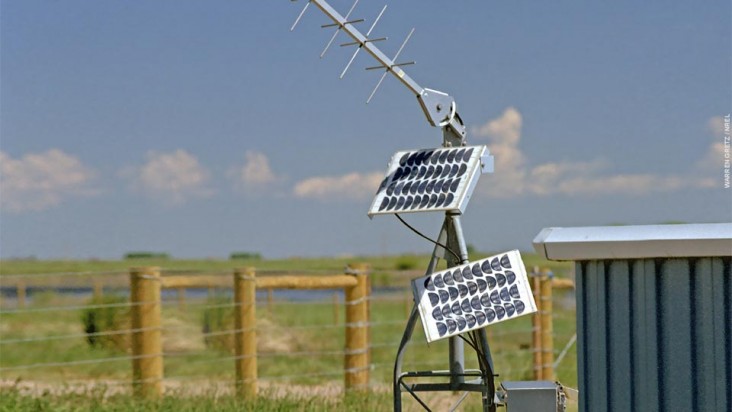- Energy Home
- How We Work
- Programs & Initiatives
- EmPOWERing Women and Girls
- Competitive Energy Procurement
- Toolkits
- Powering Health
- Cooking Technologies and Fuels
- Energy Efficiency
- Climate Risk Management
- Mini-Grids
- Monitoring & Evaluation
- Resources
- Stories
Speeches Shim

Remote monitoring utilizes multiple communication protocols that enable data loggers to transfer data over long distances.
Standards are norms or requirements that establish a basis for the common understanding and judgment of materials, products, and processes. Standards are an invaluable tool in industry and business, because they streamline business practices and provide a level playing field for businesses to develop products and services. They are also critical to ensuring that products and services are safe for consumers and the environment.
The standards listed below describe some communications protocols and hardware components commonly used in Remote Monitoring. These standards are not necessarily universally applicable, as many remote monitoring configurations will rely on proprietary, brand-specific communications and hardware.
Institute of Electrical and Electronics Engineers (IEEE)
Communications
- IEEE 802.11-2016: IEEE Standard for Information technology—Telecommunications and information exchange between systems. Local and metropolitan area networks—Specific requirements - Part 11: Wireless LAN medium access control (MAC) and physical layer (PHY) specifications
Telecommunications Industry Association (TIA)
Hardware
- TIA TIA-232-F: Interface between Data Terminal Equipment and Data Circuit-Terminating Equipment Employing Serial Binary Data Interchange
MODBUS
Communications
- MODBUS V1.1b3: MODBUS Protocol Specifications

Comment
Make a general inquiry or suggest an improvement.